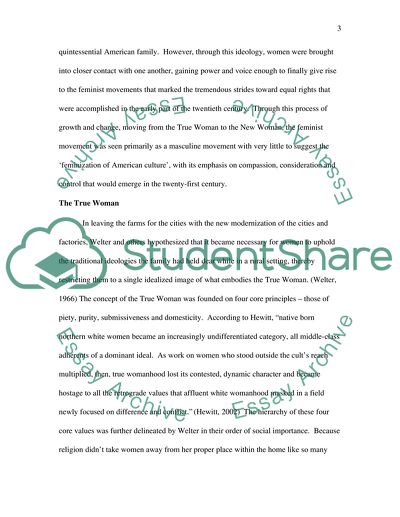Cite this document
(Feminization of the American Culture in Victorian America Research Paper, n.d.)
Feminization of the American Culture in Victorian America Research Paper. Retrieved from https://studentshare.org/culture/1735030-your-choice
Feminization of the American Culture in Victorian America Research Paper. Retrieved from https://studentshare.org/culture/1735030-your-choice
(Feminization of the American Culture in Victorian America Research Paper)
Feminization of the American Culture in Victorian America Research Paper. https://studentshare.org/culture/1735030-your-choice.
Feminization of the American Culture in Victorian America Research Paper. https://studentshare.org/culture/1735030-your-choice.
“Feminization of the American Culture in Victorian America Research Paper”, n.d. https://studentshare.org/culture/1735030-your-choice.


